Caring for a Child After Orthopedic Surgery – A Parent’s Guide
Orthopedic surgery in children — whether for fractures, joint corrections, or bone deformities — can be stressful for both parents and the child. The recovery phase is just as important as the surgery itself. The right care at home ensures proper healing, reduces complications, and helps your child return to normal activities sooner. 1. Understand the Doctor’s Instructions Before leaving the hospital, make sure you: 2. Pain Management 3. Wound and Cast Care 4. Nutrition for Healing A balanced diet speeds up recovery: 5. Physiotherapy and Exercises Follow the prescribed physiotherapy plan to: 6. Emotional Support Children may feel anxious, bored, or frustrated during recovery. 7. Watch for Warning Signs Contact your doctor immediately if you notice: Remember: Recovery is a team effort between the doctor, child, and parents. With patience, care, and the right follow-up, most children recover fully and return to their active lives. Clinic Address:C-7, Ground Floor, D- Park, Model Town -3, New Delhi 110009 Call/WhatsApp: +91 88517 77145 Website: childorthocare.online













